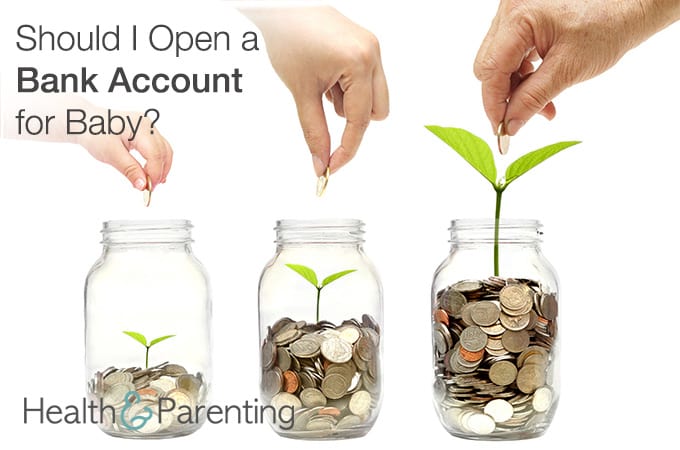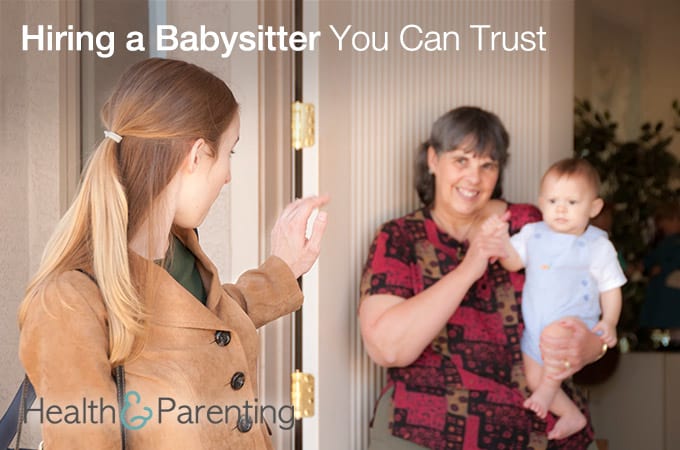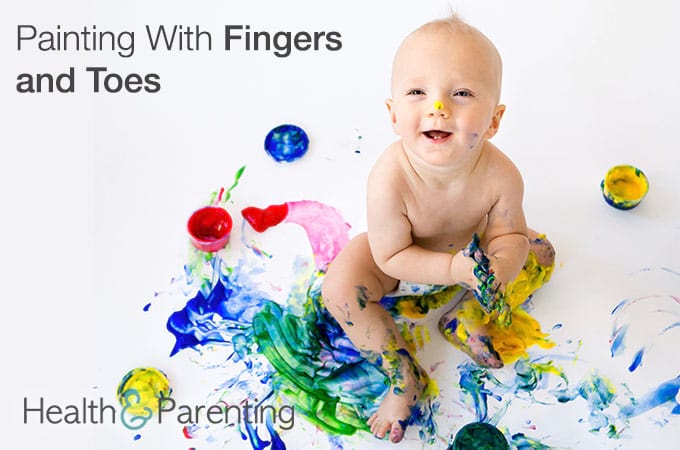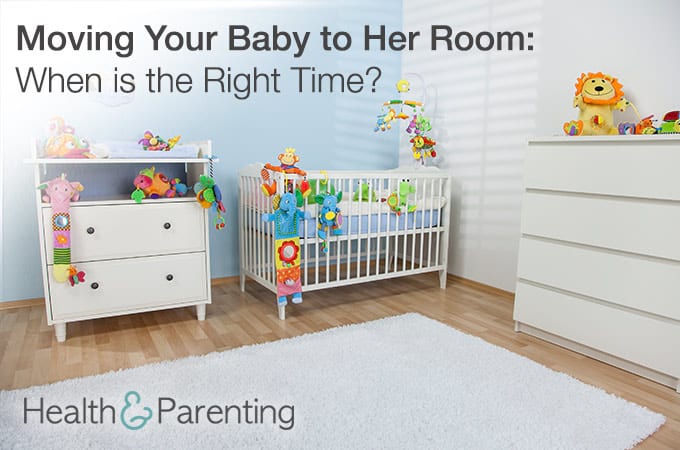As your baby nears his first birthday, you might be starting to realize how fast time is flying. You watched your little one go from a helpless newborn to an active baby with his own unique personality. But you also understand that times may be changing.
It’s almost time to let go of infancy and embrace the next phase. That’s right; the toddler years are right around the corner, and here’s what you can expect.
Lots of Milestones
Expect the upcoming toddler years to include a lot of milestones. During this time, your baby will improve his language and motor skills by leaps and bounds. Your toddler will add words to her vocabulary at a surprising rate.
If your baby has not started walking by his first birthday, you can expect it pretty soon. As a toddler, your mover and shaker will learn to run, climb and jump.
Your baby may become more interested in self-feeding and will probably play independently for short periods. Also, your toddler may only nap once a day.
Allowing your toddler time to play and explore the world around him is important for his development. But remember, he still does not understand the danger of certain activities, such as running through a crowded parking lot or putting everything in his mouth. Be diligent about keeping your toddler’s environment safe for exploring.
Toddler Behaviors
It’s exciting to watch your child blossom, but there can also be some challenges. The toddler years sometimes bring tantrums and a little stubbornness. Your toddler is starting to understand she is a separate person apart from you and may want to assert herself. Sometimes that assertion comes in the form of a big NO!
She is also learning more about what she wants and does not want, and patience is not a toddler’s strong point. Toddler’s also often lack self-control, which is why meltdowns may happen.
Keep in mind, this phase does not mean your toddler is “bad.” He still needs to learn how to manage his emotions. Parents have different ways they deal with tantrums. But one thing is for sure, stay calm and remember you’re the adult.
Consider starting to set limits during the toddler years. When it comes to discipline, a 12 or 13 month-old is probably a little too young to understand time-outs. But she will soon start to comprehend limits and understand that certain behaviors are a no-no.
Also, try to focus on the positive when you can. Your toddler not only needs to learn what is wrong, such as running out in traffic. But he should also hear what he is doing right.
Lastly, remember to set a good example. Your toddler is more aware of what’s going on than when he was an infant. He can pick up on negative behaviors you don’t want him to. So mind your manners and your toddler is more likely to do the same.
Written by MaryAnn DePietro @writerlady34
This information is not intended to replace the advice of a trained medical doctor. Health & Parenting Ltd disclaims any liability for the decisions you make based on this information, which is provided to you on a general information basis only and not as a substitute for personalized medical advice. All contents copyright © Health & Parenting Ltd 2016. All rights reserved.
















